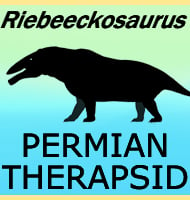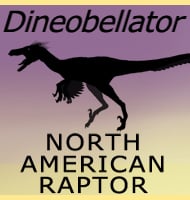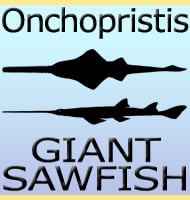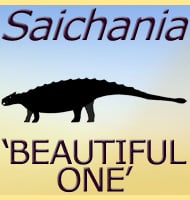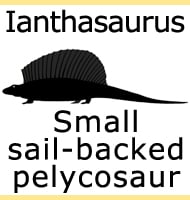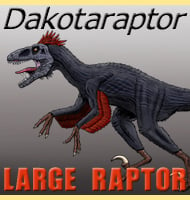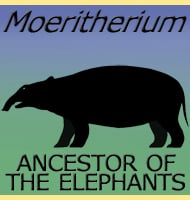In Depth
Kourisodon was first described from fossil remains discovered in British Columbia, though since this time more partial remains from Japan have been attributed to the genus. Not only does this significantly expand upon the known geographical range of Kourisodon, but it indicates that Kourisodon existed from the Santonian of the Canadian deposits, all the way to the Campanian and Maastrichtian of the Japanese deposits.
Kourisodon is noted as being similar to the genus Clidastes, and like this mosasaur, Kourisodon was likely a fast and agile swimmer that enabled it to chase down fast moving prey such as fish.
Further Reading
- [Crocodilian-like teeth (? Mosasauridae) from the Izumi Group (Upper Cretaceous, Maastrichtian) of Sobura, Kaizuka-city, Osaka Prefecture, southwest Japan]. Chigakukenkyu 47(2):91-95. - M. Tanimoto, M. Tani & M. Minamino - 1998. - Marine reptiles from the Nanaimo Group (Upper Cretaceous) of Vancouver Island. - Canadian Journal of Earth Sciences 39(11):1591-1603. - E. L. Nicholls & D. Meckert - 2002. - Mosasaur remains from the Upper Cretaceous Izumi Group of southwest Japan. - Netherlands Journal of Geosciences - Geologie en Mijnbouw 84(3):373-378. - M. Tanimoto - 2005.

